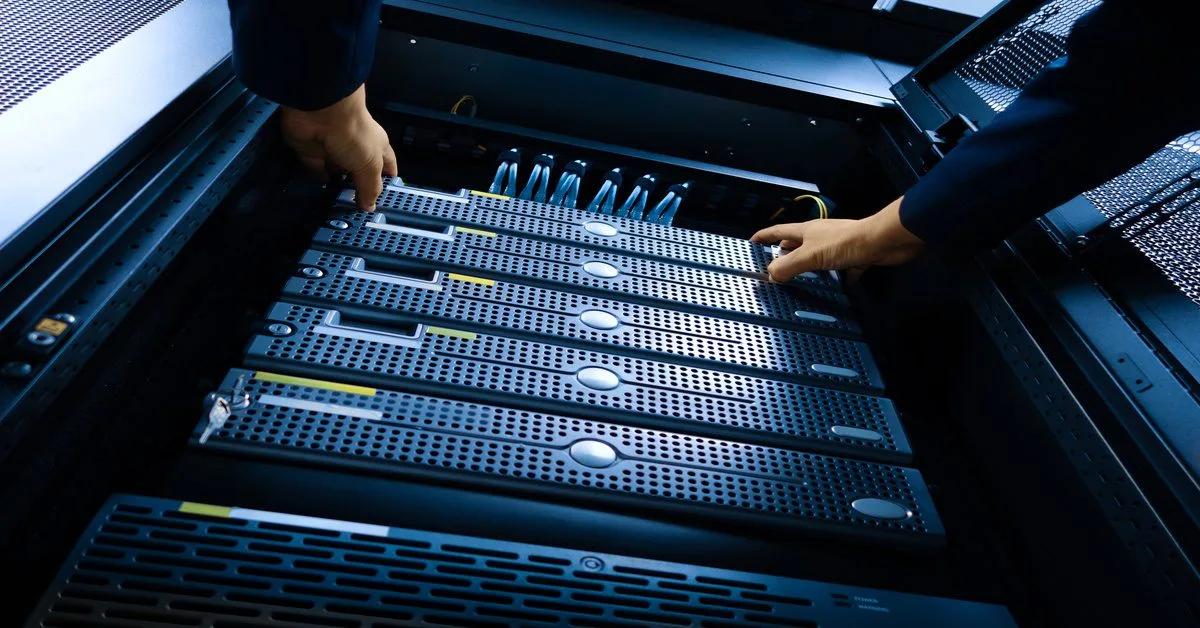
Securing equipment in a dependable server rack is critical when managing server infrastructure. Determining the appropriate rack for your needs involves numerous factors, with load ratings ranking high on the list. How do you assess whether a rack will support your setup safely and efficiently?
Server rack load ratings, particularly static and dynamic load thresholds, play a key role in helping you make that decision. How are server load ratings calculated?
Static vs. Dynamic
Understanding the difference between static and dynamic load ratings is crucial when selecting racks for your data center. These two measures ensure your rack can handle the demands of stationary use and movement.
Static Load Ratings
This measures the maximum weight a rack can support while stationary. It accounts for the combined weight of all equipment housed in the rack, including servers, cabling, and cooling systems. Manufacturers test static capacity by applying weight evenly under controlled conditions to evaluate the rack’s structural integrity without compromising stability or performance.
Dynamic Load Ratings
Dynamic load ratings reflect the rack’s weight capacity during movement, such as relocation or transportation within a data center. Tests simulate movement-related stresses, such as vibration, tilting, and rolling. Engineers evaluate racks with varying weights to determine their performance and confirm stability and structural integrity remain intact during motion.
Factors for Calculating Loading Rates
When determining load ratings for equipment racks, we analyze several key factors to ensure safety and optimal performance.
Weight of Equipment
We calculate the combined weight of servers, cooling systems, and cabling. For example, a typical 2U or 4U server weighs 30–60 pounds. Multiplying this by the number of servers provides an estimate of the total load.
Weight Distribution
Uneven weight distribution can put stress on specific parts of the rack, reducing its effective load capacity. Manufacturers account for this by testing how evenly the load is spread across the rack and ensuring structural reinforcements support critical points.
Safety Margins
Manufacturers often calculate load ratings with a safety margin to prevent overloading. We base these margins on engineering standards that account for potential stress beyond the rated capacity.
Choose a Server Rack With the Right Load Rating
Now that you know how server rack load ratings are calculated, it’s time to find the perfect rack for your data center. Titan DT custom data center server racks deliver industry-leading performance with innovative engineering for unmatched reliability in your setups. Designed to handle heavy loads without compromising safety or functionality, these racks can protect your assets and streamline your data center’s efficiency.
At AMCO Enclosures, we’re proud to provide the Titan DT racks you need to build a superior infrastructure. Let us help you find the perfect solution for your data center.
